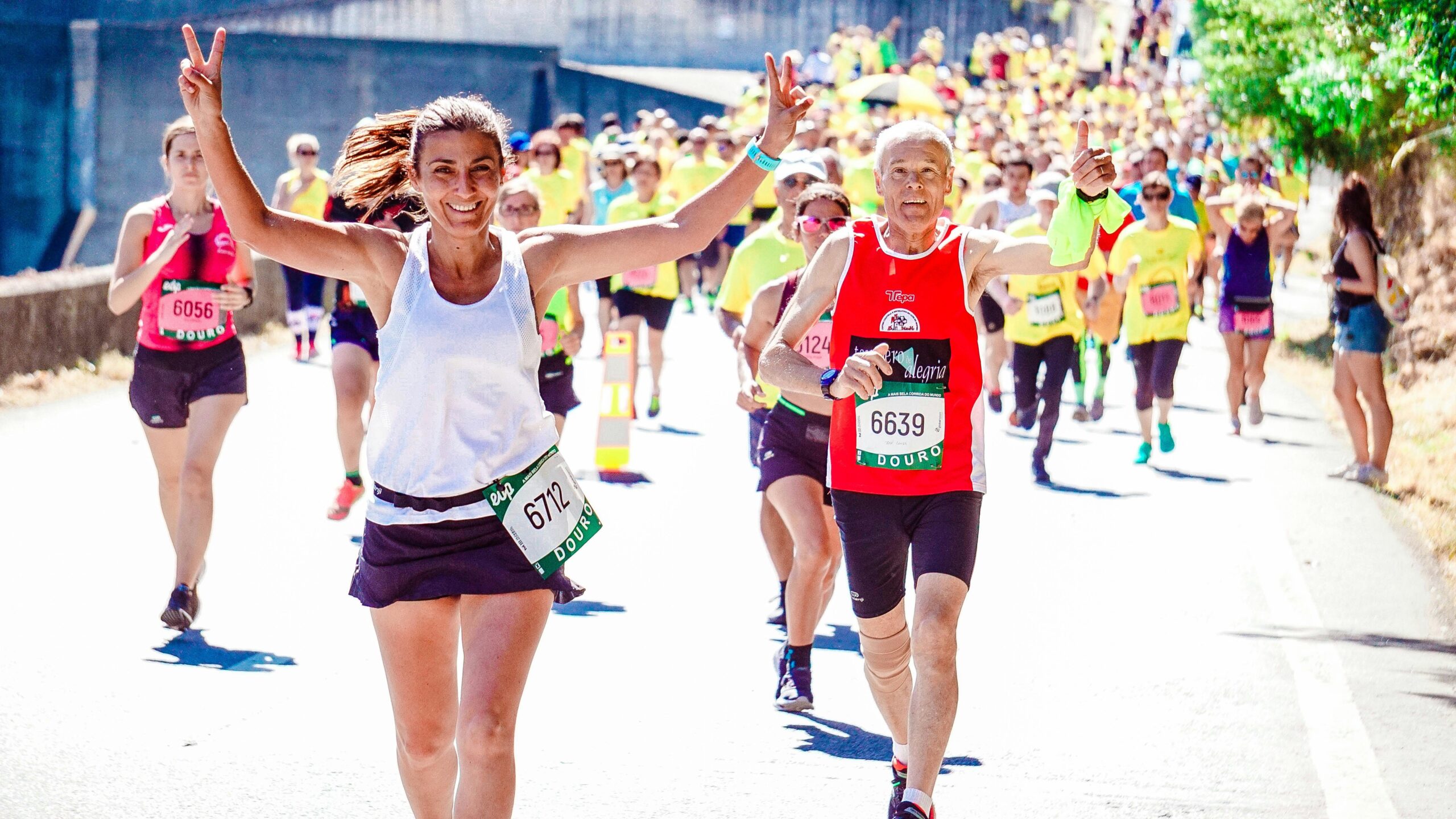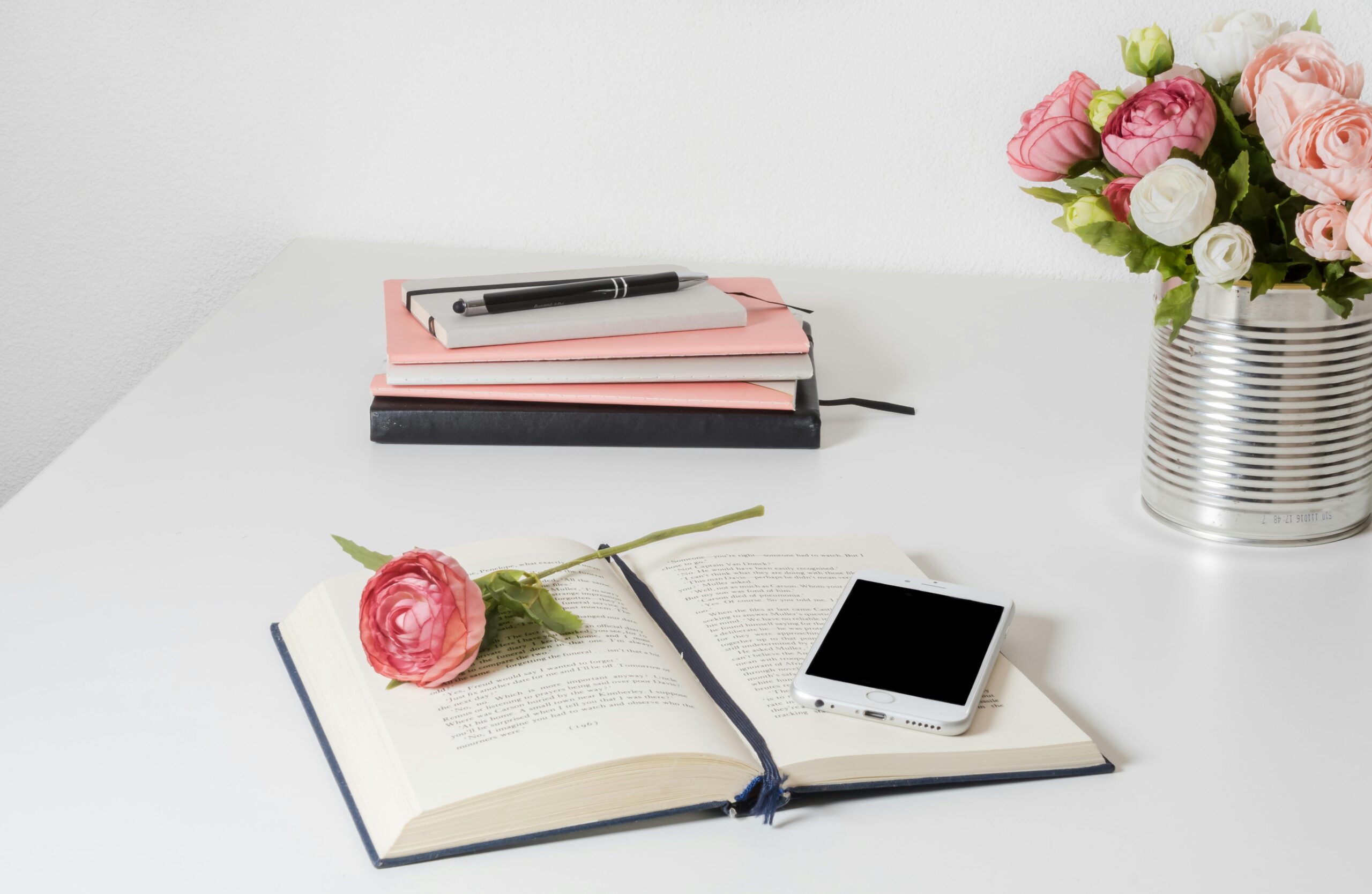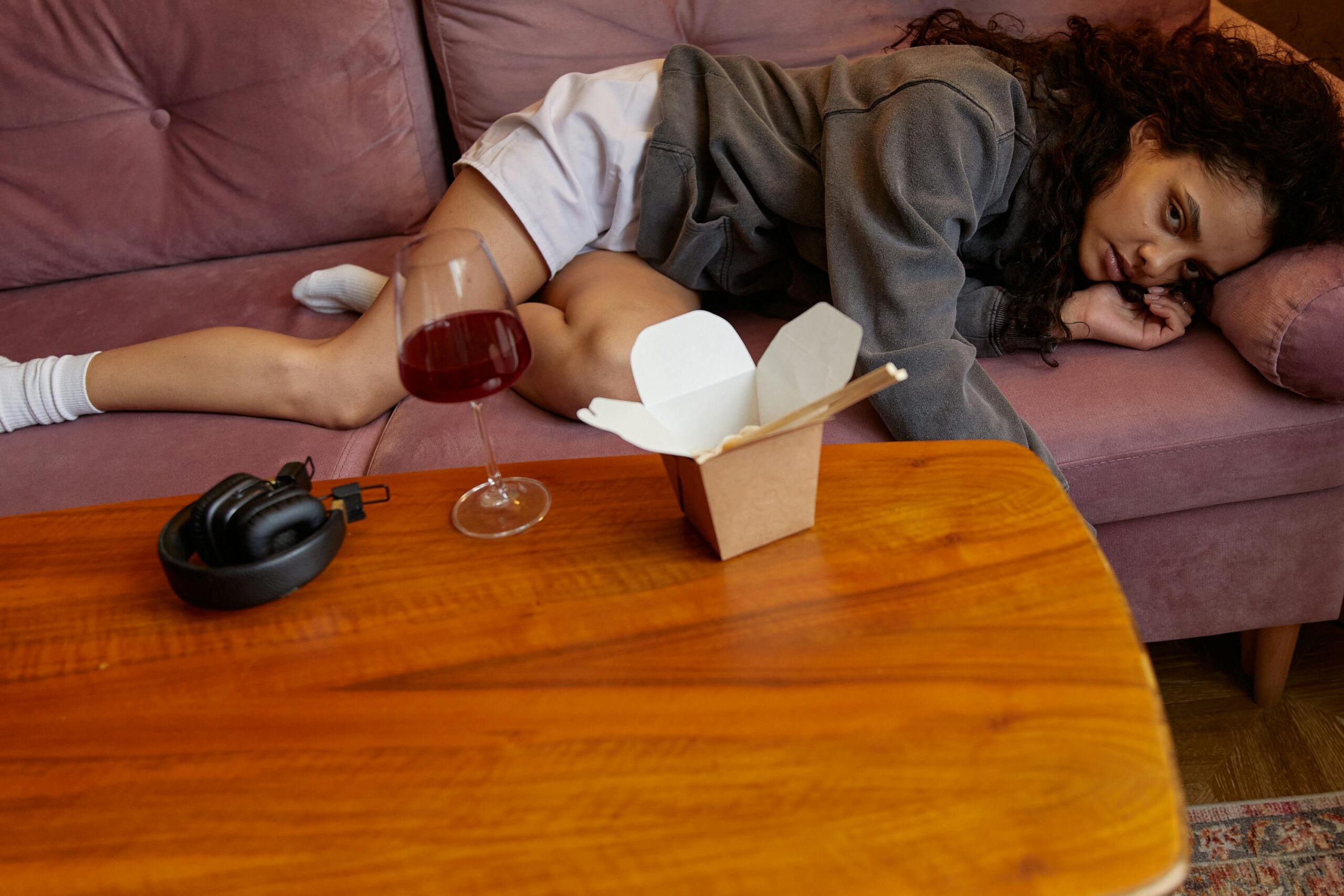Anxiety disorders are among the most prevalent mental health issues, affecting over 40 million adults in the United States alone. While treatment options like therapy and medication play an essential role in managing anxiety, incorporating physical activity into daily life offers a natural, cost-effective, and scientifically backed approach to reducing symptoms. In this article, we delve into the profound impact of exercise on mental health, examine the mechanisms behind its effectiveness, and provide a detailed guide to starting and maintaining an exercise routine tailored to anxiety relief.
Understanding Anxiety and Its Impact
Anxiety is characterized by persistent feelings of worry, fear, or unease, often accompanied by physical symptoms like rapid heartbeat, muscle tension, and fatigue. While occasional anxiety is a natural response to stress, chronic anxiety can significantly impair one’s quality of life. Common types of anxiety disorders include:
- Generalized Anxiety Disorder (GAD): Persistent and excessive worry about various aspects of daily life.
- Panic Disorder: Sudden and intense episodes of fear, often accompanied by physical symptoms like chest pain and shortness of breath.
- Social Anxiety Disorder: Fear of social situations and the potential for judgment or embarrassment.
- Phobias: Intense fear of specific objects or situations, such as heights or flying.
The link between anxiety and physical health is well-established. Chronic anxiety can lead to health problems such as high blood pressure, heart disease, and weakened immune function. Addressing anxiety through holistic means, including exercise, is vital for long-term mental and physical wellness.
The Science Behind Exercise and Anxiety Reduction
Exercise impacts the brain and body in ways that directly counteract anxiety symptoms. Let’s explore the mechanisms:
- Neurochemical Changes
Physical activity stimulates the release of endorphins, often referred to as “feel-good” chemicals. These neurotransmitters interact with brain receptors to reduce pain perception and enhance feelings of well-being. Exercise also boosts levels of serotonin and dopamine, which play a critical role in mood regulation. - Reduction in Stress Hormones
Exercise lowers cortisol levels, helping to mitigate the effects of chronic stress on the body and mind. Lower cortisol levels are associated with improved emotional regulation and reduced anxiety symptoms. - Improved Cognitive Function
Regular physical activity enhances neuroplasticity—the brain’s ability to adapt and form new neural connections. This improvement is particularly beneficial for individuals with anxiety, as it aids in developing healthier thought patterns and coping mechanisms. - Regulation of the Autonomic Nervous System
Anxiety often involves overactivation of the sympathetic nervous system (the “fight or flight” response). Exercise helps balance this system by strengthening the parasympathetic nervous system (the “rest and digest” response), promoting relaxation and reducing hyperarousal. - Behavioral and Psychological Benefits
Exercise provides a sense of accomplishment and control, both of which are critical for individuals coping with anxiety. Engaging in physical activity also serves as a positive distraction from ruminative thoughts, breaking the cycle of worry.
Types of Exercise Proven to Reduce Anxiety
While nearly any form of exercise can contribute to improved mental health, certain types are particularly effective for managing anxiety. Below, we explore these activities in detail, along with tips for maximizing their benefits.
- Aerobic Exercise
Activities like jogging, cycling, swimming, and dancing elevate the heart rate, leading to increased endorphin production. Aerobic exercise has been extensively studied and consistently linked to reductions in anxiety symptoms. For best results:- Duration and Frequency: Aim for 150 minutes of moderate-intensity aerobic exercise per week, divided into sessions of 30 minutes, 5 times a week.
- Intensity: Start with low to moderate intensity if you’re new to exercise, and gradually increase as your fitness level improves.
- Yoga
Yoga combines physical movement with mindfulness and controlled breathing, making it particularly effective for anxiety sufferers. Research shows that yoga not only reduces cortisol levels but also enhances self-awareness and emotional regulation.- Recommended Practices: Hatha yoga and restorative yoga are ideal for beginners, while Vinyasa or Ashtanga may be suitable for those seeking a more dynamic workout.
- Duration: Sessions lasting 20–60 minutes, practiced 3–4 times a week, can yield significant benefits.
- Strength Training
Resistance exercises, such as lifting weights or performing bodyweight workouts, have been shown to reduce symptoms of anxiety by boosting self-confidence and promoting the release of mood-enhancing hormones.- Guidelines: Incorporate strength training 2–3 times per week, focusing on all major muscle groups.
- Mindful Movement Practices
Activities like tai chi and pilates emphasize slow, deliberate movements paired with deep breathing. These practices are particularly effective for reducing tension and fostering a state of calm.- Frequency: Practice for 20–40 minutes, 3–5 times a week, to experience noticeable improvements.
- Outdoor Activities
Combining exercise with nature—such as hiking, walking, or gardening—offers additional mental health benefits through exposure to sunlight and fresh air, which can boost vitamin D levels and enhance mood.
How to Incorporate Exercise Into Your Life
For many individuals with anxiety, starting an exercise routine can feel daunting. Below are practical steps to make the transition manageable and sustainable:
- Set Realistic Goals
Begin with small, achievable objectives, such as a 10-minute walk. Gradually increase the duration and intensity as your confidence grows. - Choose Activities You Enjoy
Finding an activity you genuinely like increases the likelihood of sticking with it. Experiment with different options to discover what works best for you. - Create a Routine
Consistency is key. Designate specific times for exercise, and treat it as a non-negotiable part of your schedule. - Seek Support
Joining a group fitness class or partnering with a friend can provide accountability and make the experience more enjoyable. - Track Your Progress
Use a journal or app to record your workouts and note any changes in your mood or anxiety levels. Seeing progress can be highly motivating. - Prioritize Recovery
Overtraining can exacerbate stress and anxiety. Ensure you get adequate rest and focus on proper nutrition and hydration.
The Role of Professional Guidance
If you’re unsure where to start, working with a fitness trainer or mental health professional can help. Trainers can design a personalized workout plan that aligns with your fitness level and goals, while therapists can guide you in integrating exercise into your broader anxiety management strategy.
Case Studies and Personal Accounts
Many individuals have successfully used exercise to manage their anxiety. Here are two illustrative examples:
- Emma’s Story:
Emma, a 32-year-old graphic designer, struggled with social anxiety. After joining a yoga class, she noticed a significant reduction in her anxiety symptoms. The combination of physical activity, mindfulness, and social interaction helped her gain confidence and improve her mental health. - Mike’s Journey:
Mike, a 45-year-old teacher, battled generalized anxiety for years. He began incorporating daily runs into his routine, starting with just 10 minutes. Over time, his endurance and mood improved, and he found that running became a valuable tool for processing stress.
The Broader Benefits of an Active Lifestyle
In addition to reducing anxiety, maintaining an active lifestyle offers a host of other mental and physical health benefits:
- Enhanced Cognitive Function: Regular exercise improves memory, concentration, and problem-solving skills.
- Stronger Immune System: Physical activity bolsters immune function, reducing the risk of illness.
- Improved Relationships: Exercise can enhance social connections, whether through group activities or shared goals with friends and family.
- Increased Longevity: Regular exercise is associated with a lower risk of chronic diseases and a longer lifespan.
Conclusion
Exercise is a powerful, accessible, and scientifically proven tool for managing anxiety. By incorporating regular physical activity into your life, you can not only alleviate symptoms of anxiety but also enhance your overall quality of life. Whether you prefer running, yoga, strength training, or simply walking in nature, the key is to find activities you enjoy and commit to them consistently. Start small, stay patient, and remember that each step forward brings you closer to a calmer, healthier you.




